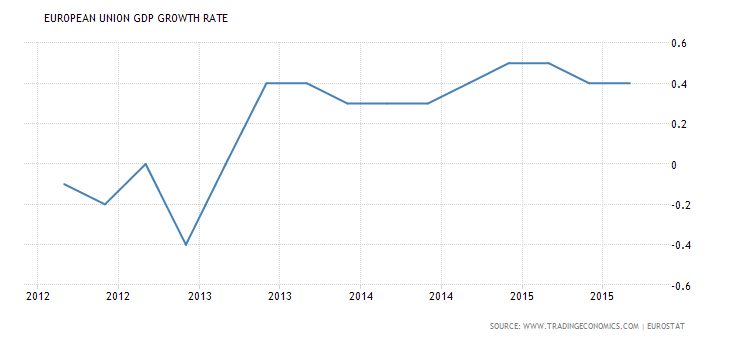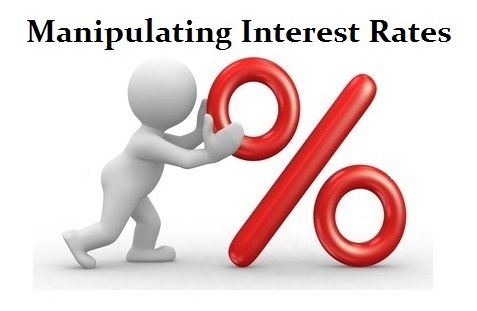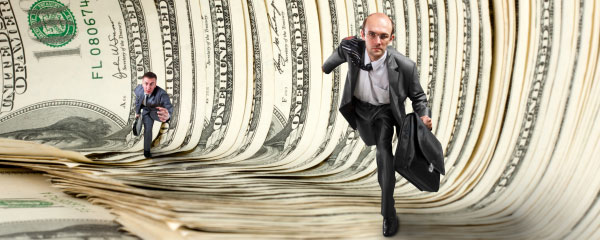| Faramir: | Then farewell! But if I should return, think better of me. |
| Denethor: | That depends on the manner of your return. |
– J.R.R. Tolkien “The Lord of the Rings” (1954)

I’m going full-nerd with the “Lord of the Rings” introduction to today’s Epsilon Theory note, but I think this scene — where Denethor, the mad Steward of Gondor, orders his son Faramir to take on a suicide mission against Sauron’s overwhelming forces — is the perfect way to describe what the Bank of Japan did last Thursday with their announcement of negative interest rates. The BOJ (and the ECB, and … trust me … the Fed soon enough) is the insane Denethor. The banks are Faramir. The suicide mission is making loans into a corporate sector levered to global trade as the forces of global deflation rage uncontrollably.
There’s a reason that the Fed kept paying interest on bank reserves even in the darkest, most deflationary days of the Great Recession. Yes, it’s the Fed’s job to support full employment. Yes it’s the Fed’s job to maintain price stability.
…click on the above link to read the rest of the article…

















